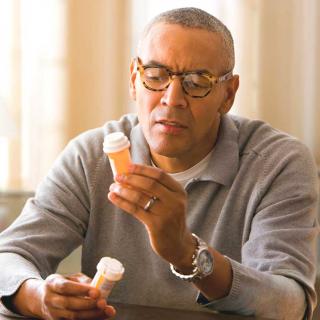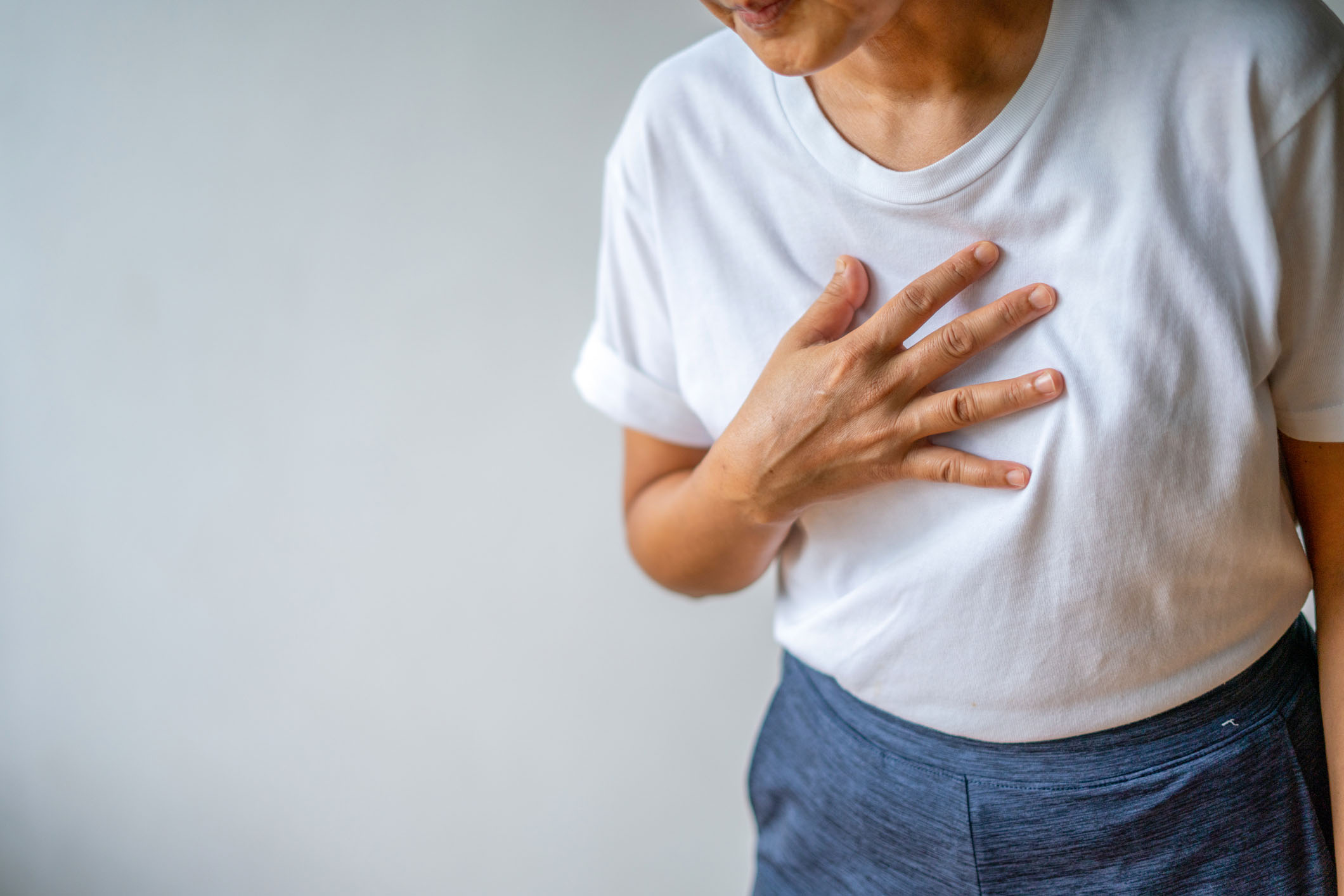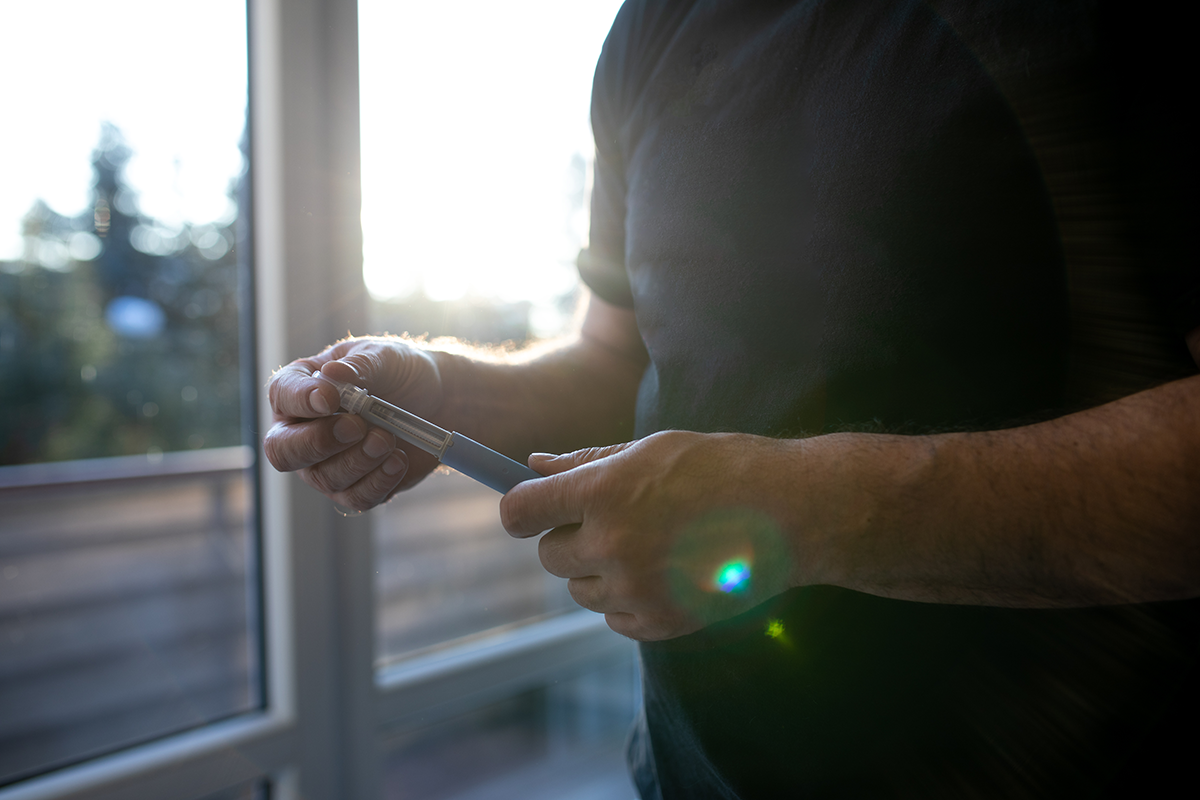Protect yourself from common medication mistakes

More than 1.5 million people each year are harmed by medication errors.1 Some common mistakes are taking the wrong medication or the wrong amount, or taking another medication, supplement, or food that interacts with a prescription.
Interactions can prevent the medication from working as it should and can even cause dangerous side effects.
The more medications you take, the more likely you are to make a mistake.2 Below are some tips from Express Scripts® Pharmacy to protect yourself and your loved ones.
Check the information that comes with your medication.
It can be a lot but the information that comes with your medication is important. Our infographic can help you understand how to read a medication label. Read the information carefully or speak with the pharmacist. It is vital that you know the name of any medication you take, along with possible medication interactions and side effects. Find out the best time of day to take it and whether there are any foods you should avoid.
Store medications properly and safely.
Some medications need to be refrigerated. Others just need to be kept in a cool, dry place, away from direct sunlight. And with all medications and vitamins, keep them away from children and pets.
Don’t share medications.
When a doctor writes you a prescription, it’s based on your body size, other medications and vitamins you’re taking, and your personal health history. It can be very dangerous and even life threatening to take a medication that was prescribed to someone else.
Throw out old medication.
Some medication ingredients stop working over time or work differently. For that reason, it’s important to check the expiration dates on any medication you take — just as you would with food. To get rid of expired medication you don’t need anymore, here are three recommendations from the U.S. Food and Drug Administration (FDA):
- Drug take-back sites: The U.S. Drug Enforcement Administration (DEA) keeps disposal locations open year round.
- FDA Flush List: If your medication contains an opioid, it may be on the FDA Flush List. If you don’t have a drug take-back location near you and your medication is on the list, you should flush it down the toilet. Make sure it’s on the list first.
- Trash at home: If your medication is not on the FDA’s Flush List, mix it with something like cat litter or used coffee grounds, place the mixture in a sealable bag, and throw it out in the trash.
Be sure to remove any personal information from medication containers before throwing them away.
As always, call your pharmacist with any questions. Express Scripts® Pharmacy provides 24/7 access to specially trained pharmacists, so you always have the support you need.
Updated: August 2, 2022
1 Academy of Managed Care Pharmacy: Medication Errors (July 18, 2019): amcp.org.
2 Institute for Safe Medication Practices: Frequently asked questions (FAQs) about drug interactions (accessed November 2021): consumermedsafety.org.
Posted date: December 02, 2021


